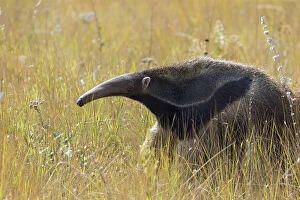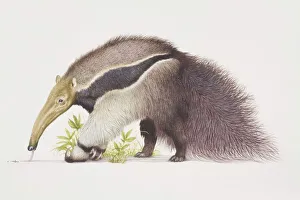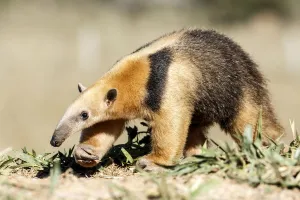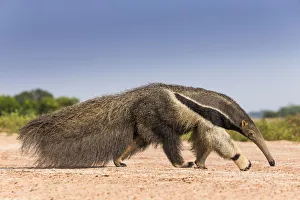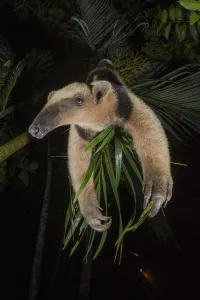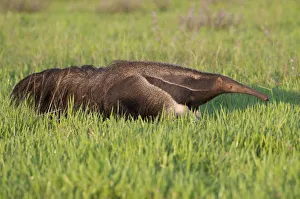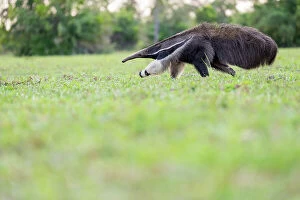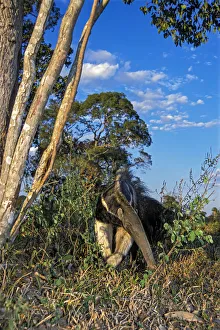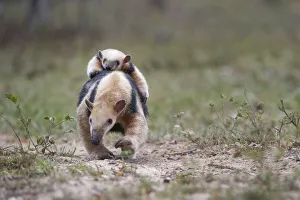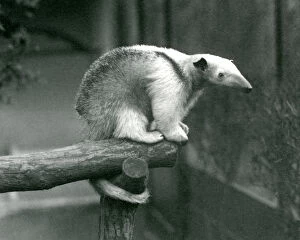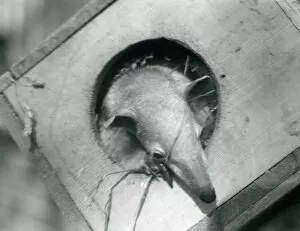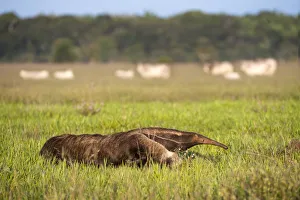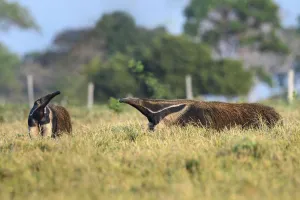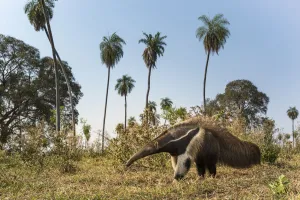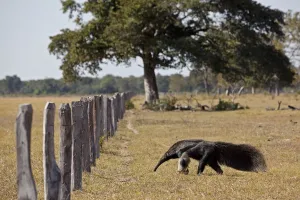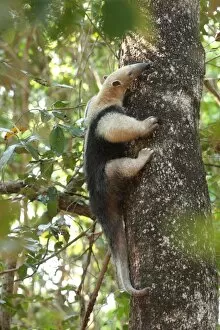Myrmecophagidae Collection
The myrmecophagidae family, also known as anteaters, is a fascinating group of mammals found in various parts of the Americas
All Professionally Made to Order for Quick Shipping
The myrmecophagidae family, also known as anteaters, is a fascinating group of mammals found in various parts of the Americas. One member of this family is the giant anteater (Myrmecophaga tridactyla), which can be spotted in Serra de Canastra National Park, Brazil. With its long snout and distinctive markings, this incredible creature roams the grasslands in search of ant and termite nests. Another species within this family is the southern anteater (Tamandua tetradactyla), seen gracefully navigating through the Formoso River in Bonito, Mato Grosso do Sul. These smaller but equally intriguing creatures are often recognized by their unique black and white coat patterns. Meanwhile, we have the northern tamandua (Tamandua mexicana) showcasing its arboreal lifestyle by sleeping peacefully on a tree branch in Corcovado National Park or exploring Nicoya Peninsula in Costa Rica. Their slender bodies and curved claws enable them to effortlessly climb trees while searching for insects to feast upon. In Hato El Cedral Llanos or Los Llanos savannahs, one might witness adult giant anteaters strolling across vast grasslands with their characteristic slow gait. These magnificent animals use their powerful front claws to dig into anthills and termite mounds for nourishment. Not to be forgotten is the Southern Tamandua (Tamandua tetradactyla) female carrying her young on her back through Northern Pantanal's lush landscapes. This heartwarming sight showcases their strong maternal instincts and close-knit family bonds. Even outside their natural habitats, these captivating creatures continue to captivate hearts worldwide. Whether it's a collared tamandua walking along a branch at London Zoo or a young collared tamandua playfully clinging onto its keeper's fingers with its prehensile tail - they never fail to leave a lasting impression.

